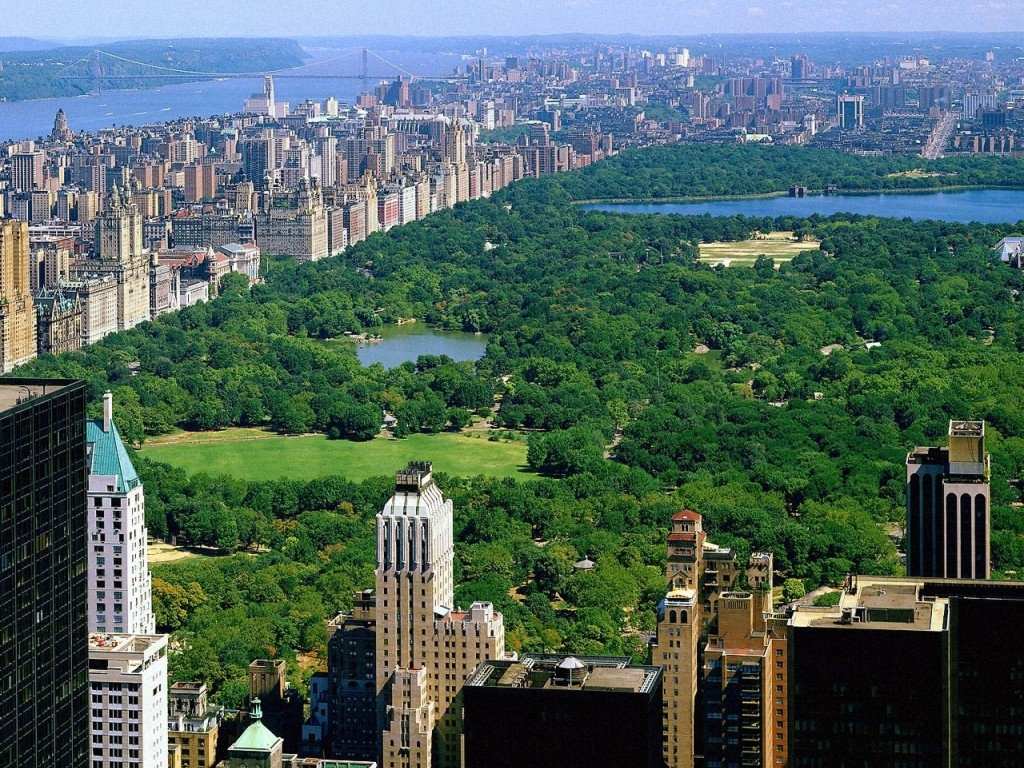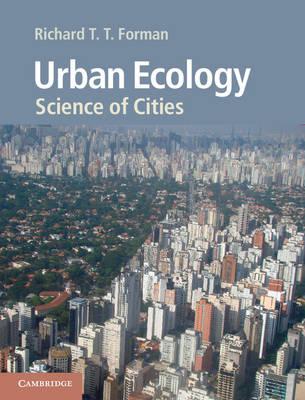I’ve been eagerly awaiting the arrival of Urban Ecology: Science of Cities by Richard T.T. Forman (Cambridge University Press, 2014). Since arrival a couple of days ago, i have not been disappointed, and this shapes up to be one of the most up to date resources for ecological principals applied to urban areas to date.
Forman needs no introduction to anyone who has engaged in landscape ecology, which his seminal writings such as ‘Landscape Ecology’ (with Godron, 1986), ‘Land Mosaics: The Ecology of Landscapes and Regions’ (1995), more recent ‘Urban Regions: Ecology and Planning Beyond the City’ (2008). He also was involved in one the most accessible handbooks that should be on every designers shelf, ‘Landscape Ecology Principles in Landscape Architecture and Land-Use Planning’ (with Dramstad & Olson – 1996). That is merely a snapshot of the multitude of papers and books he has been involved in. The connection to urban areas i think is notable, and perhaps due to a long standing appointment teaching urban ecology through the Harvard Graduate School of Design, there is a connection to design and planning in a way that is not captured in typical ecological literature. As we expand cities and continue to look for ways to connect design and planning with science, it becomes more and more vital for these elements to work in tandem.
In the books Foreward, Mark J. McDonnell elucidates this point in reaching our goal, by “incorporation of ecological knowledge and principles into the management and creation of cities in order to develop healthy, livable, sustainable, and resilient urban ecosystems.” (ix). He goes further in explaining the disconnect:
“…there has been a mismatch between the questions that planners, designers, and decision-makers are asking urban ecologists, and the questions that urban ecologists are asking to advance the science of urban ecology.” (x)
To achieve this, we need to get on the same page, or more concisely, to align the questions practitioners need answered with the research that is being conducted. While it is inevitable that reductive techniques will continue to guide science by definition, creating small snapshots of data, there needs to be a middle ground where funding is available for applied research, and holistic study. At the very least, better channels of communication are the key, as McDonnell mentions: “Recently, there have been calls within the discipline of urban ecology to bridge the gap between basic and applied urban ecology research by increasing the interactions between scientists and practitioners, by adopting a comparative approach to the study of cities and towns, and by identifying more general principles regarding the effects of urbanization on ecological patterns and processes.” (x)
In the Preface, Forman continues this line of thinking, mentioning the needs for our now fully urban “Homo sapiens urbanus” develop applied theory, and to “catalyze urban ecology as accessible and appealing” (xiii). Urban Ecology is the framework, building on the essential aspects of interactions with organisms and their environment to a more expansive concept of urban ecology (xii):
… Interactions of organisms, built structures, and the physical environment, where people are concentrated.
He mentions in this context the connection to the scholarship and history of landscape ecology at the core, and much as the nascent theories of Landscape Urbanism and Ecological Urbanism called for – applications beyond just parks and green spaces, but to “…ecologically explore the entire urban area – streets, walls, lawns, industrial sites, sewer systems, artifact-rich soil, aerial components, roofs, commercial centers, parks, dumps and much more.” (xii-xiii) This more expansive ‘urban nature’ is instructive, a point of which seemed to mystify those whom didn’t understand the central tenets Landscape Urbanism, into thinking that landscape = green space, which of course meant modernist ‘towers in the park’ and green space at the expense of urban vitality. Perhaps the use of urban ecology in place of landscape urbanism gives a more scientifically grounded and less apt to misinterpretation, but to me they are part of the same family, as they are derived from flexibilty, change, and understanding of complexity.
It also allows us to connect to scale, as the interconnectivity of issues and opportunities changes with grain size and resolution, and incorporate mechanisms of growing, shrinking, and polycentrism with “perspective from city to urban region” (xiii) which Forman explored in ‘Urban Regions’, and now moves into a smaller scale. This is explained as:
“…peeling back our familiar human layer reveals the fundamental natural and built patterns of a city, how it works, and how it changes. Lots of lucid patterns and processes appear. The world of eternal flow, especially in urban networks, emerges.” (xiii).
The book offers some hope to reconciling this disconnect and opportunity of a urban focuses ecology that is interdisciplinary in order to better approach our current complexity of the modern city. More on this as i delve into the chapters in depth.

